Couturier Yumi Katsura takes her final bow. Image via Yumi Katsura
It’s easy to dismiss Haute Couture as inaccessible and unapproachable. After all, not many people have the ability to shell out six-figures for a single dress. Most would argue that even if they did have the money, they’d rather use it on something more useful, like a down payment on a house, a college education, or even donations towards a community cause.
While all of these points are valid, I invite you to think about couture in a different way: the eye-widening price tags that come with a couture dress have the ability to pay for an entire team of artisans, which in turn, can feed their families for months at a time. That’s more than what we can say about the price accessible $20 dresses we can get at fast fashion outlets like Zara or H&M, which more likely than not, exploited the worker who made them.
In a past interview, designer Christine Nielsen of Hyun Mi Nielsen once shared with me, “It’s very important to me to produce in Italy and in France because I know that people have a good life: They have a pension, they get paid extra if they work weekends. It’s an ethical way of working. It’s important to know that the people in the production chain are empowered, that I am supporting a system that makes sure workers have a good life,” she said.
While I don't know if the method is the same for bigger couture brands like Chanel, I do know that smaller couturiers have a similar approach as the one stated by Ms. Nielsen above.
Above: Hyun Mi Nielsen's latest collection is entitled Mensch, a yiddish word that translates to decency & honor. She uses the term to recognize those who have been displaced by mass migration, and who are constantly moving across space and time- thus the movement in the fabrics. While the world may label them as 'homeless' or 'refugee' the designer honors their dignity as people. The materials are upcycled from previous collections and materials, a reflection of the designer's ethos of sustainability. (Click to the right to view more images)
Second, artisans are specialized craftsmen and craftswomen who have trained in a niche skill for years. Many of them are trained in ancient crafts that originate from cultural traditions that are sadly going extinct. As our world moves faster and faster, these traditions are fading away because the slow process of producing them is viewed as ‘cumbersome’ to a new generation who are used to speed.
But these traditions are important to preserve, and so is the respect for the time it takes to make something of quality and substance. For example, can you imagine a world where the kimono becomes a thing of the past? The kimono, an icon of Japanese savoir-faire, has the possibility of fading into obscurity in a few generations.
Haute couture takes these traditional crafts and revives them in modern fashion. By doing so, artisans can continue their work, earn an income, and the craft can stay relevant enough to be passed on to the next generation.
Above: Japanese couturier Yumi Katsura revives the old Japanese technique of dyeing called Yuzen. She merges French and Japanese techniques to re-introduce the kimono in modern fashion. Yumi also created the "Washi-Mode" style dress made with traditional paper fabricated by hand, which is on display at the Metropolitan Museum of Art in New York. Washi is recognized as a cultural heritage creation by UNESCO. (Click to the right to see more images)
Furthermore, the nature of couture is sustainable and slow fashion. Because couture dresses are made-to-order, they are produced in much smaller batches and use less waste. Many couturiers I’ve seen this season have also used upcycling in their collections, turning waste into wearable art.
Above: Yumia Nakazato’s collection is repurposed from disposed industrial products like airbags and parachutes. The designer tells me that what we call “sustainable habits” are natural to the Japanese culture. The traditional Japanese custom of mending ragged textiles (“boro”) is aligned with his technique. (Click to the right to view more images)
While not everyone can buy an haute couture dress, we can all learn from the nature of couture by slowing our fashion down. We can do so by buying less, choosing better, and developing a better relationship with our clothes. If a piece of clothing gets torn, mend it instead of disposing of it. Instead of being tempted to buy cheap items that will likely not get worn often, choose the ones that you know you can commit to wearing at least 30-50 times.
And finally, there are in fact, affordable brands out there that use the same practice of reviving old traditions into modern wear. See my brand directory to learn more, as well as this piece I worked on with Dyanna Quizon on Hella Pinay.
To slowing down,
Ruby



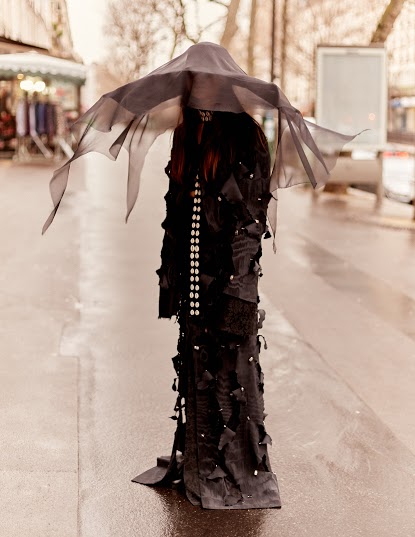





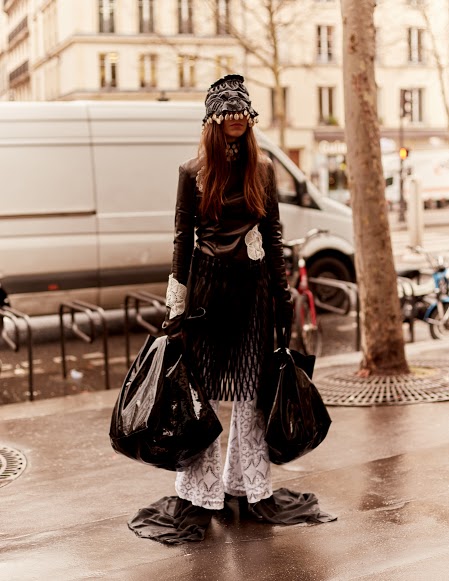


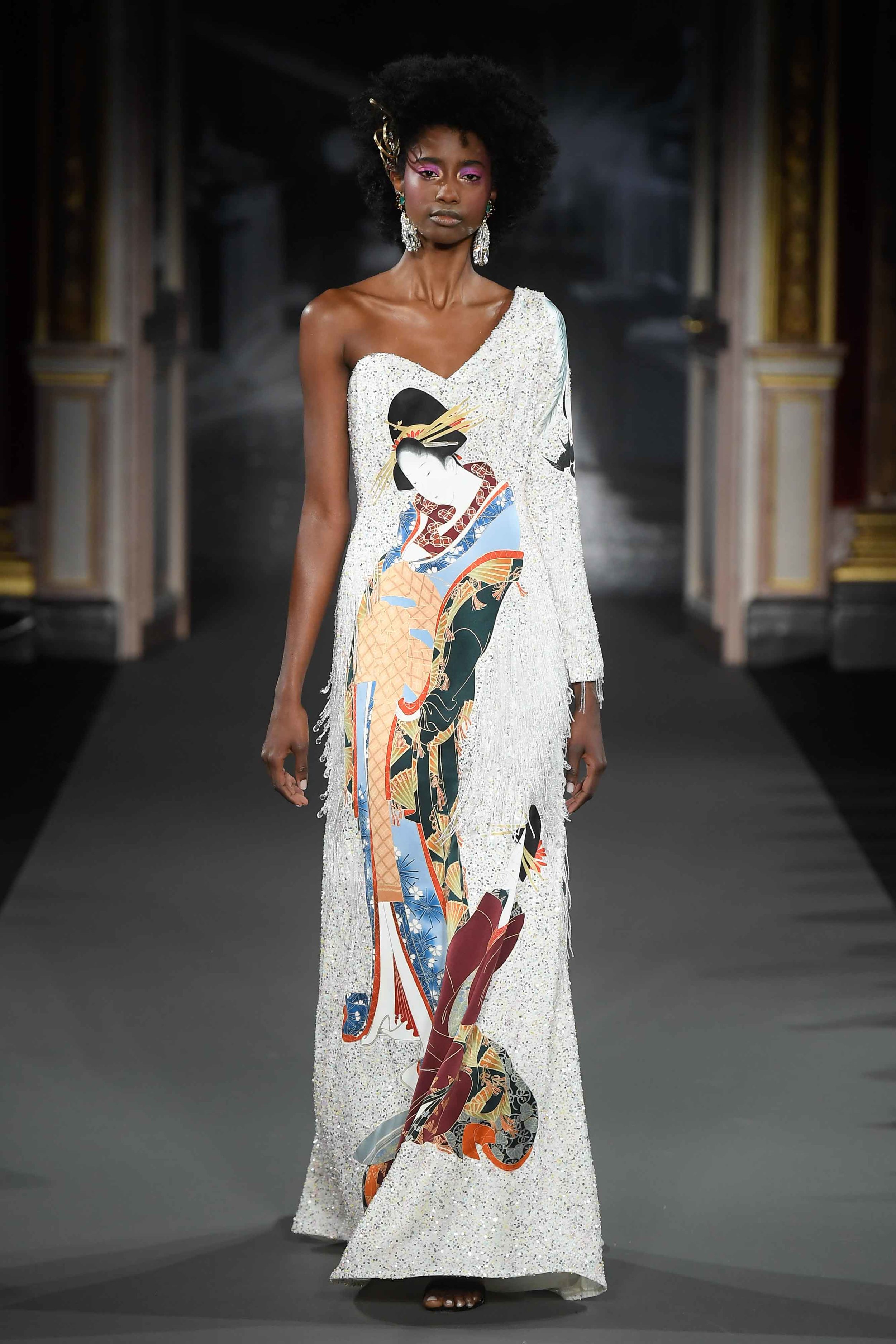
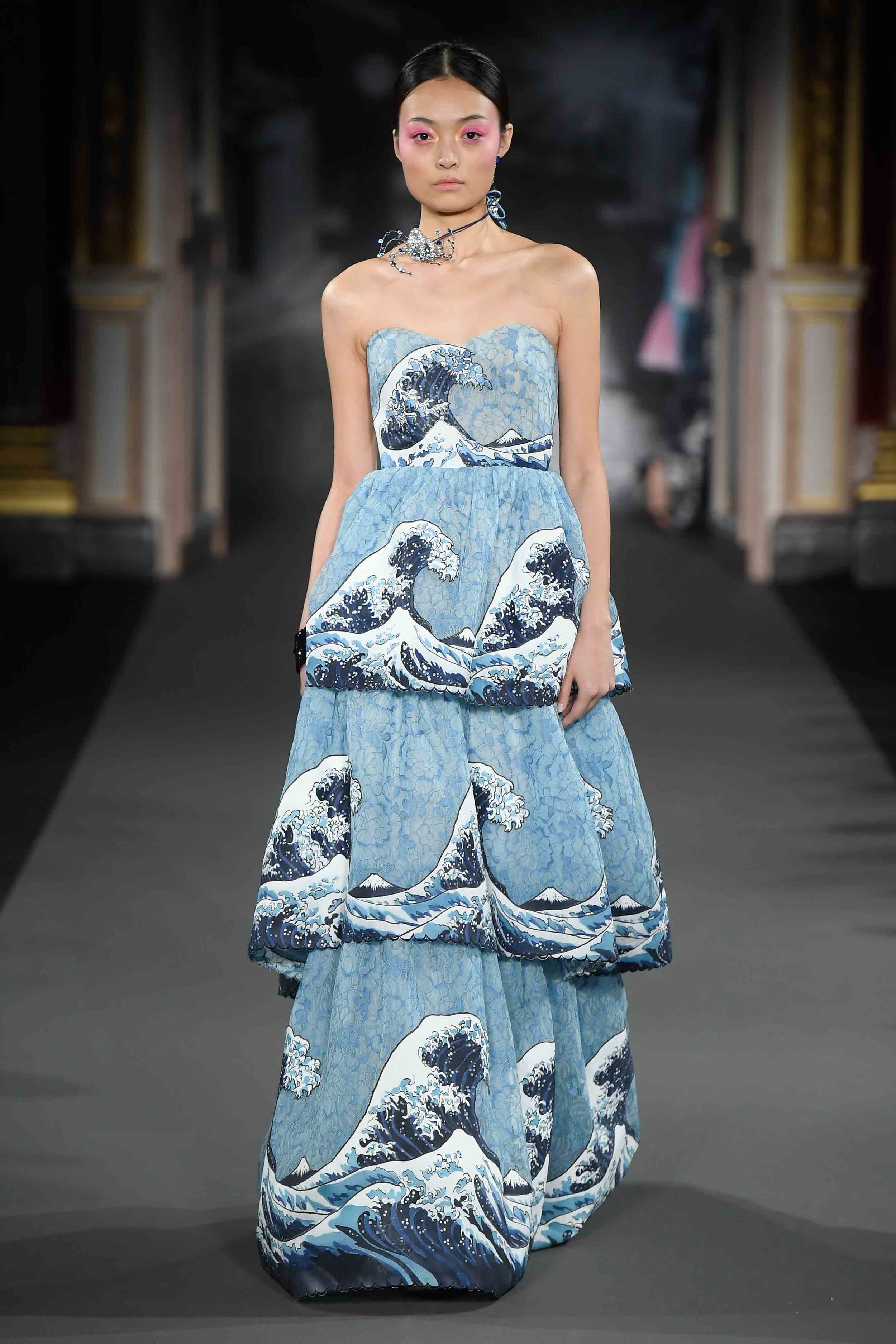




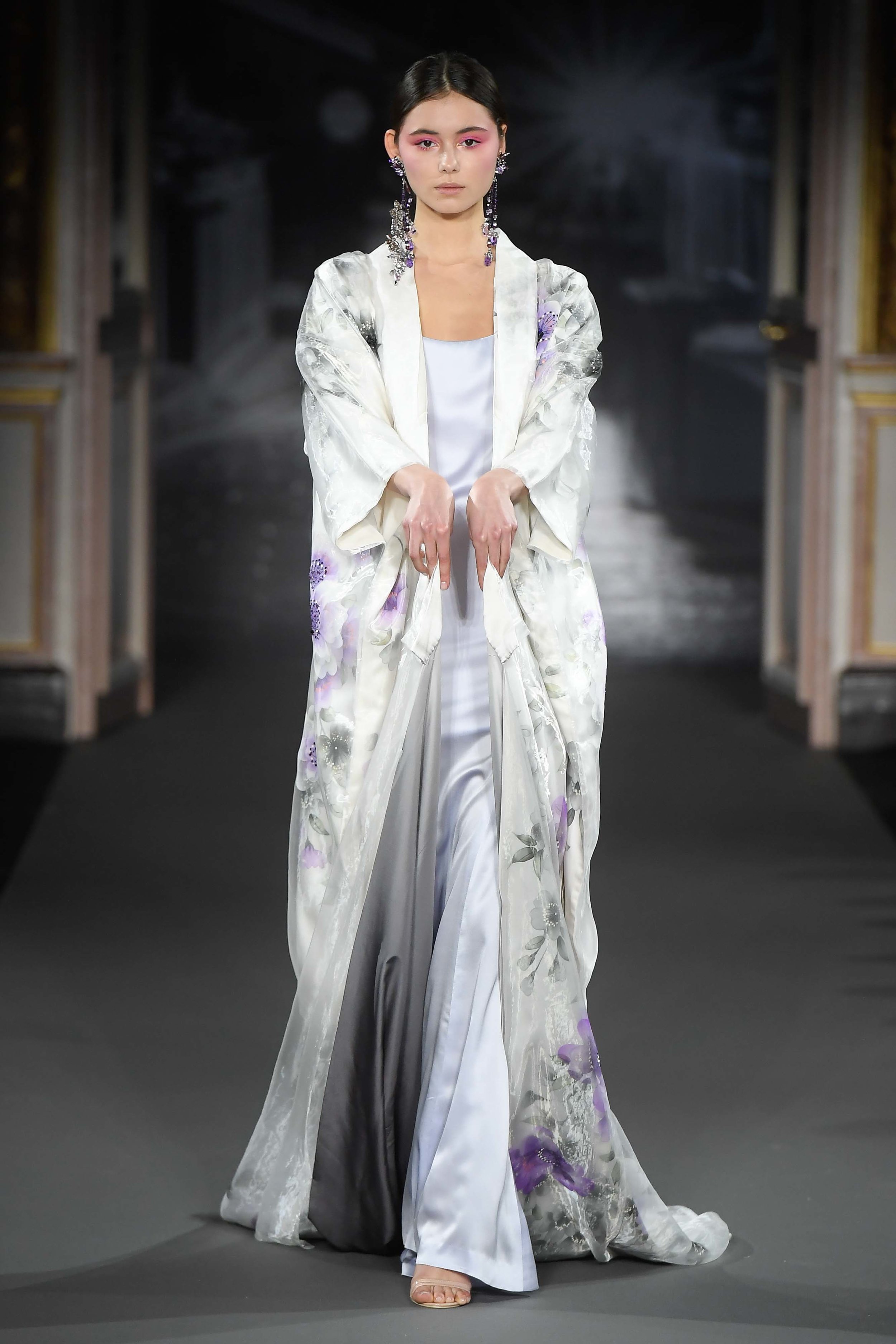



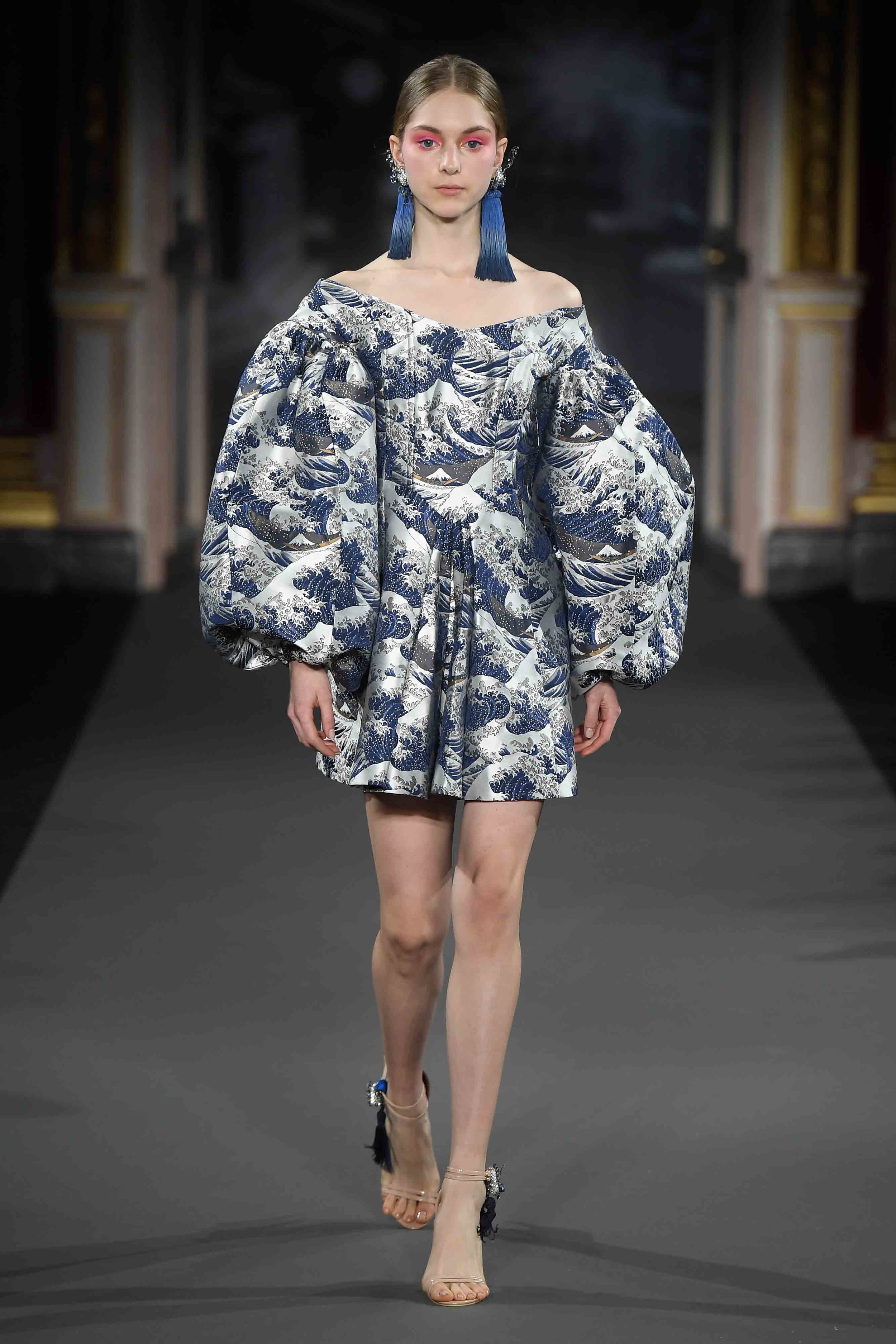










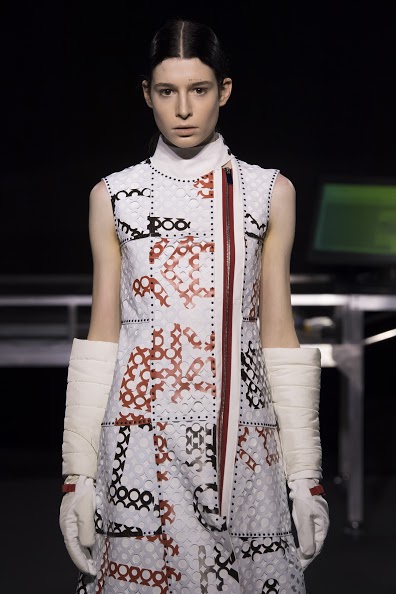
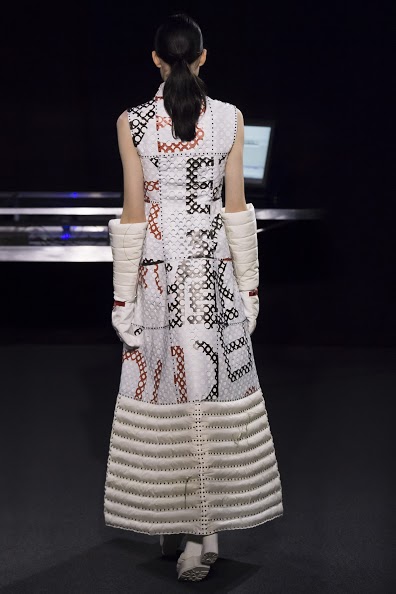












![A few years back, I thought design management would be a great next step because I wanted to build my empire. Little did I know that my priorities will completely shift, because the program [I took] revolved around the UN Development goals. [I reali…](https://images.squarespace-cdn.com/content/v1/561fcf82e4b05c4e86e12a30/1509552174309-Q569MU2RIK8JA3S4P3ON/SadeemAlshehail.JPG)




































